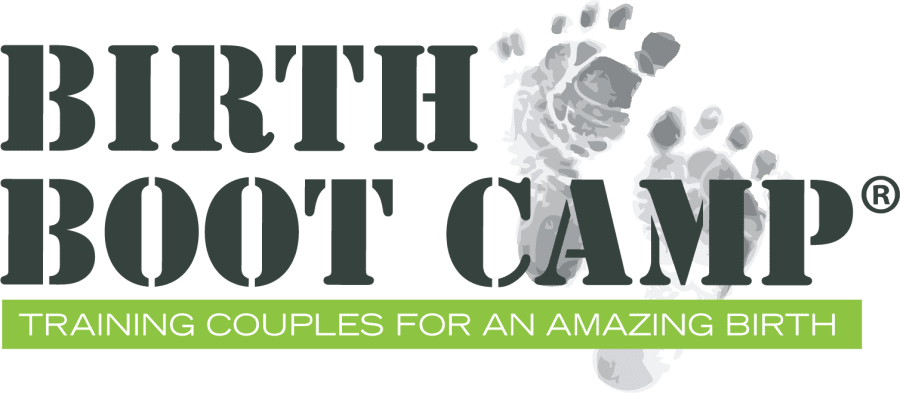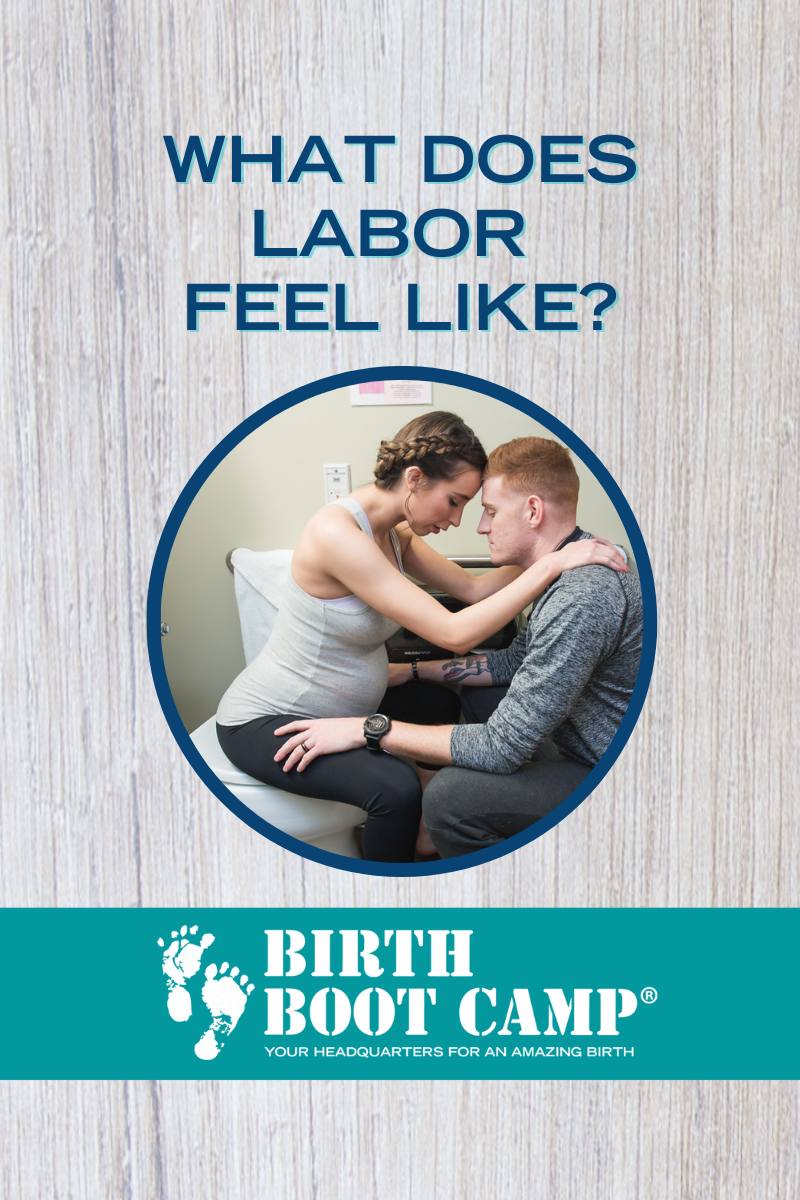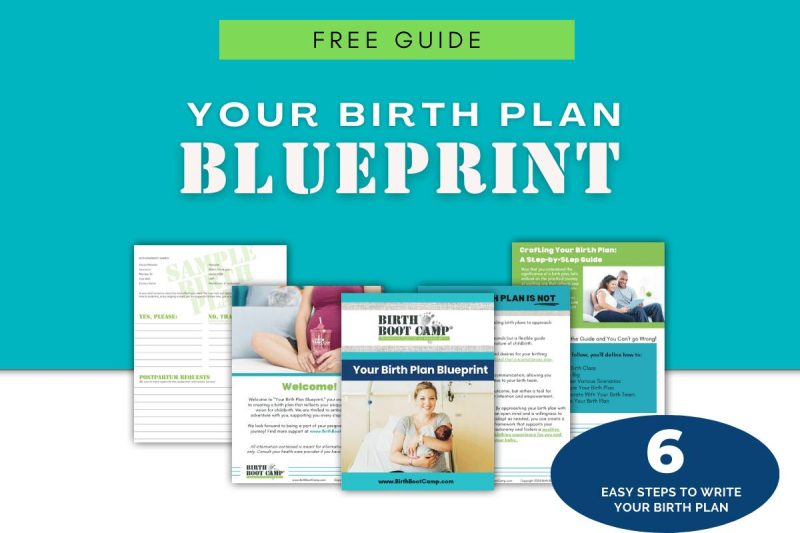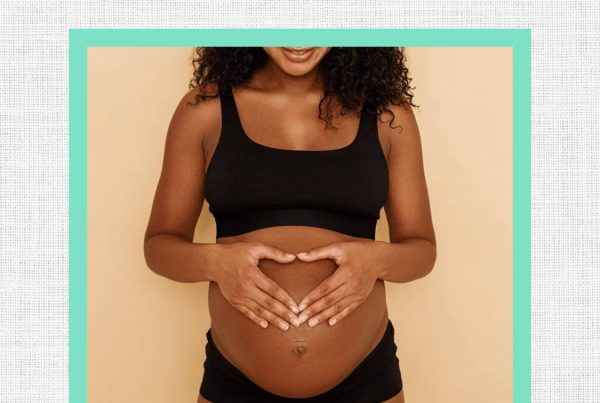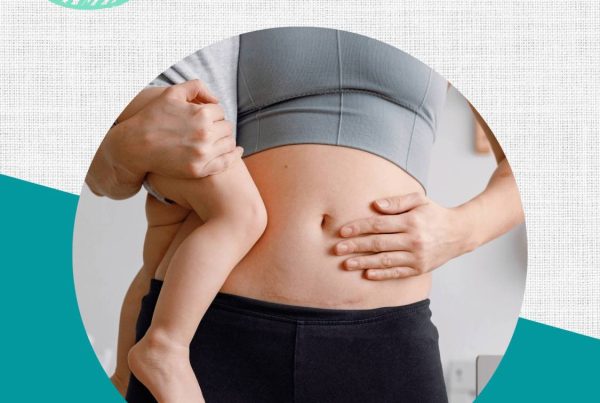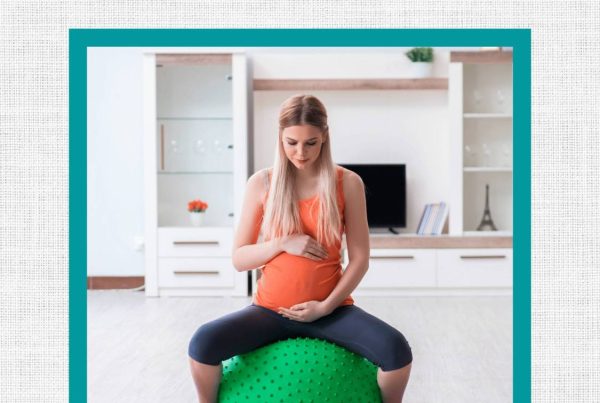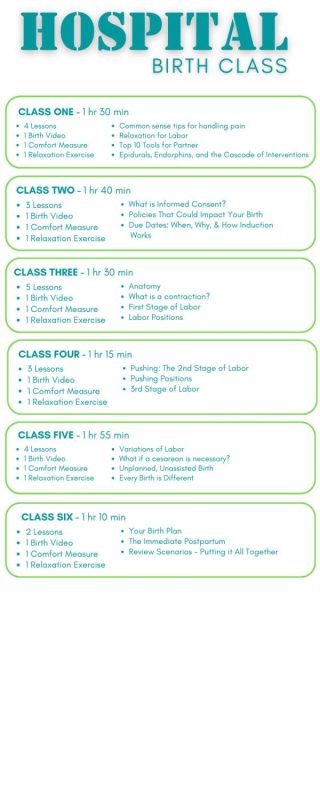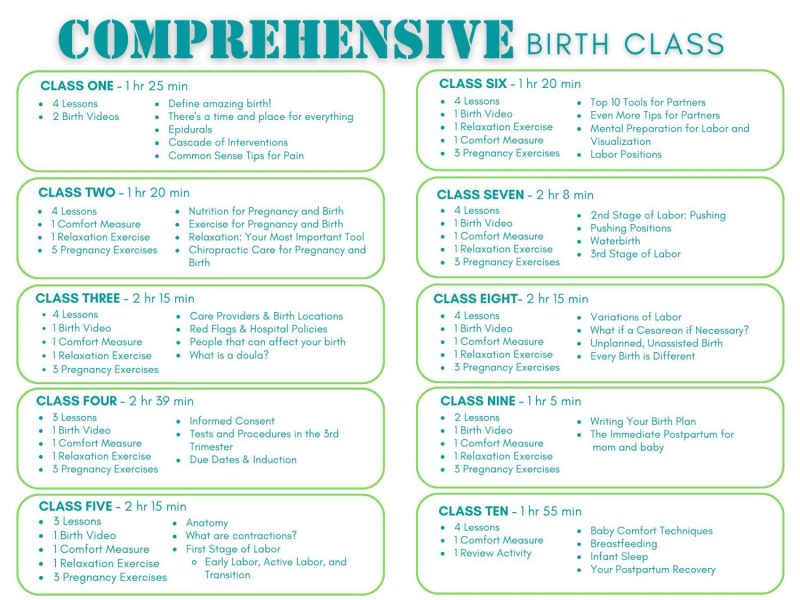What does labor feel like? This is a question that almost every soon-to-be mother asks. It fills us with trepidation, excitement, and even fear. So, what DOES labor feel like?
The answer is a little different to everybody because, of course, labor is as individual as the women who experience it. To begin deepening our understanding of labor, let’s talk about the basic stages of labor as defined by medical professionals, generally, and then describe common ways women describe the feel of each part of labor.
Labor can be broken down into these parts:
Pre-labor, Early labor (first stage), Active labor, Transition, Pushing (second stage), and Delivery of the placenta (third stage).
Pre-labor
Pre-labor is often called braxton-hicks and can begin early on in pregnancy, sometimes as early as 20 weeks. Women often begin feeling braxton-hicks earlier in their pregnancy the more babies they have. Named for the man who first described them, an English doctor named John Braxton Hicks, they have been talked about for hundreds of years.
Some people like to think of pre-labor contractions as a practice for labor. While they are usually spotty, irregular, painless, and don’t cause dilation of the cervix, pre-labor contractions may serve to warm up the uterus and help prepare the baby and body for labor.
For most women, braxton-hicks feel (usually) painless, cannot be regularly timed like serious labor contractions, and may stop and start. These pre-labor contractions can be brought on by excessive activity, lack of food or water, and even stress. Unlike true labor contractions, pre-labor contractions are often felt in spots rather than over the entire uterus. The sensation is different for each woman and can feel like simple baby movement or even gas.
Early labor
Early labor is aptly named and just defines the part of labor that is early, or the beginning. Unlike pre-labor contractions, early labor contractions are regular, will not stop with eating, drinking water, or rest. Early labor contractions will be regular but not close together. If timed, they usually last less than a minute and are not intense, though they are noticeable. Early labor contractions can feel like tightening or rhythmic menstrual cramping.
Often women are excited to experience these regular and consistent early labor contractions because it means that they are really in labor and will be meeting their baby soon. With longer breaks between them (often 5 to 20 minutes apart or more), early labor contractions are not typically overwhelming but are a signal to the woman and her partner to start preparing for the work that comes ahead as labor progresses.
The beginning of labor signifies what is medically known as first stage labor.
Active labor
As these contractions become more regular, stronger, longer and closer together, a woman will enter what is known as active labor. The majority of labor is, most often, experienced here. Dilation is happening as the cervix opens and shortens and the baby may start to move down.
What does active labor feel like? This part of labor feels more serious and like the work that labor is named for. At times, there are feelings of pressure as the baby turns and moves downwards putting more pressure on the cervix. Women will feel these active labor contractions closer together, often about five minutes apart and lasting about a minute or so long.
Contractions are stronger, longer, and closer together. They may feel like rhythmic cramping, intense pain in the low back, or even warm shooting sensations down the legs. Some women feel contractions over their whole stomach area, while others feel them very low, where the cervix is opening. The work of the uterus in labor is to pull that cervix back, so that the baby can come down and out.
Still, there are breaks between the contractions and a chance to catch your breath, relax, eat, and enjoy the journey of labor. This certainly is hard work and, to some, may feel a little overwhelming. Active labor requires support, a wonderful birthing environment and knowledge of what is going on so that the sensations and intensity of contractions do not take a woman by surprise.
Transition
Transition is the part of labor that people often fear. This intense part of labor happens right before the pushing phase and can be a time of rapid dilation. Not all women will notice an overwhelming transitional phase of labor, but those who do certainly don’t forget it.
Transition is often the shortest part of labor, typically lasting between 15 to 30 minutes. It can feel overwhelming and what many would call painful. This time of hard work will yield a reward, though! When transition is over, pushing begins and the baby will soon arrive.
What does transition feel like? Physically and emotionally intense to some, contractions can come right on top of one another, even double peaking. Transition can be accompanied by vomiting, shaking and strong sensations of pressure as the baby moves into position to be born.
Often gone are the breaks between contractions. Transition contractions leave little time in between for chatting and laughter. They will be serious and focused. She will need reassurance and support. Emotionally, she may want to give up, so this is the time when she needs the most strength and respect from those around her. This physical and emotional sensation of surrender is vital to the birth experience and helps the person let go of their body and open up so that the baby can descend, and the cervix can open.
While sometimes feared, transition labor is usually brief and is so rewarding because when it is over baby will be here soon.

Pushing (second stage labor)
The urge to push is often an exciting change of pace. Pushing, like any other part of labor, can feel different for different people.
For some, pushing is painless and exciting. The feelings of pressure can be overwhelming and impossible to fight. Many women describe the initial pushing sensations as the need to poop. The baby is big and is pressing down on the same parts of the body and triggering the same reflexes as a bowel movement would. The urge to go or poop is a good thing and helps direct the body to effectively push. When mom has triumphantly passed through transition labor without any medication, she will be aware and able to feel and work with her body through this important and physically active part of labor.
Pushing can be intense but can also be enjoyable. Every woman experiences pushing in labor differently. Pushing contractions often space out with five or so minutes between them, giving mom a longer break to recover. She may, once again, be excited and able chat and talk with those around her. Upright positions will speed and encourage this process.
Part of the second stage or pushing part of labor is crowning. Some women notice a sensation called a ring of fire during crowning. This feeling is usually very short and is caused by the tissues of the vagina stretching tightly over the head of the baby. The burn that some women notice can be temporarily painful but is an important thing to feel. This ring of fire helps mom back off of pushing during the time of crowning. This pause gives the tissues time to gently stretch over the baby’s head, helping her vaginal tissues not tear. Another benefit of an unmedicated birth is that mom can feel this burning sensation and listen to her body, accordingly, helping prevent excessive vaginal tearing.
The delivery of the placenta (third stage of labor)
The last stage of labor is the delivery of the placenta. Many women barely notice this part of labor.
Breastfeeding can help the uterus contract after the delivery of the baby and cause after-pains or mild contractions that help the uterus clamp down and help the placenta deliver. Often care providers will just tell a woman to cough as they gently tug on the cord AFTER the placenta has detached. The placenta is soft and usually comes out easily, with little or no pain. Once the placenta detaches and is sitting in the uterus it can feel heavy and delivering it will feel like a relief.
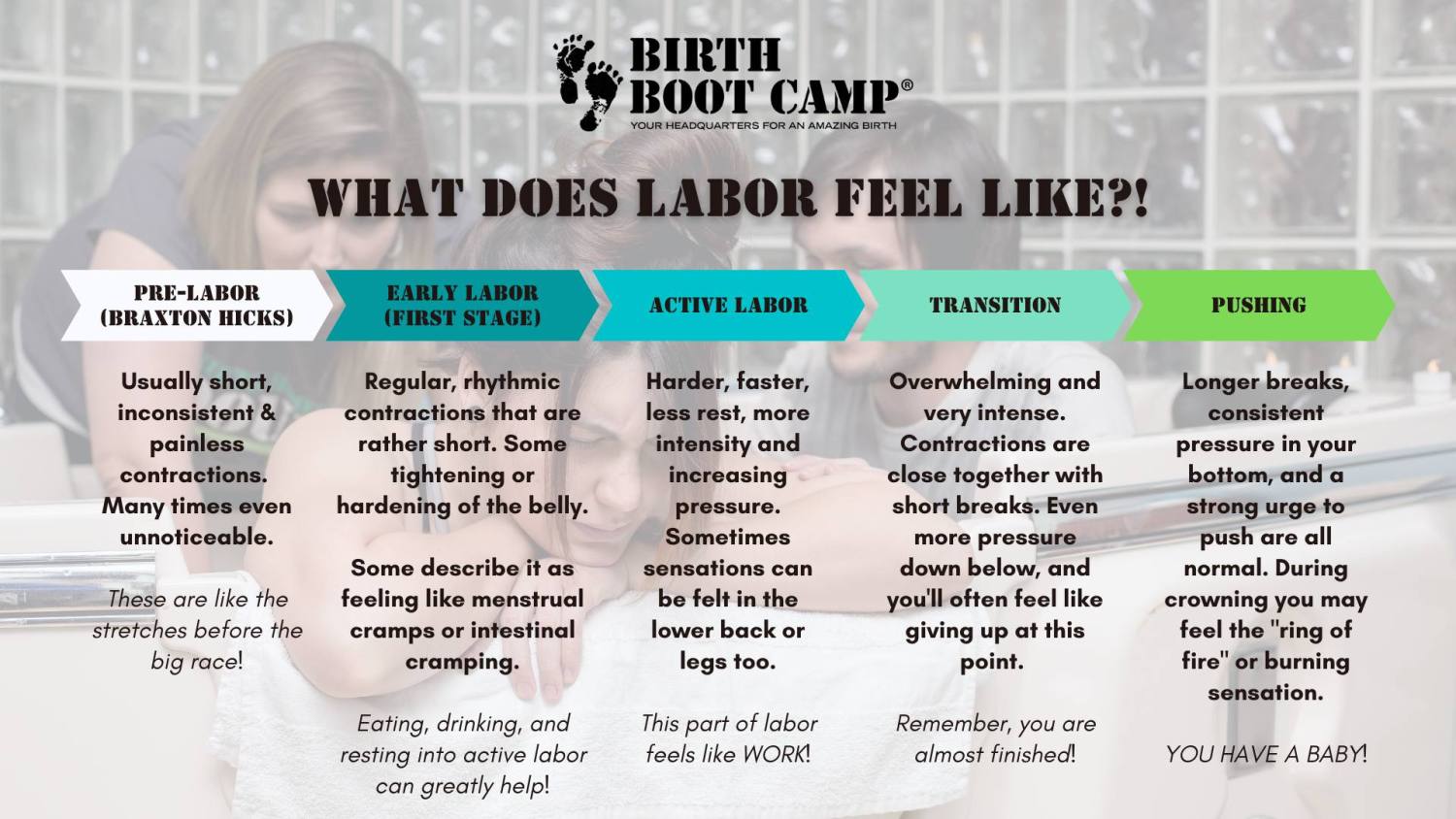
When it comes down to it, each labor and each person is unique. We all experience labor in our own way and would describe it differently. Think of the labor of each baby as a unique journey and gift to help bring it into the world rather than something to be avoided. Certainly, the sensations and even pain of labor serve a purpose, as they tell us what to do and when to do it. The feelings of labor are not useless, rather they teach us how to move and more efficiently birth our baby.
Find a Birth Boot Camp Instructor in your area and sign up for classes today!
Take control of your birth experience with our Birth Plan Blueprint. Your essential guide to creating a birth plan that reflects your unique journey and vision for childbirth.
